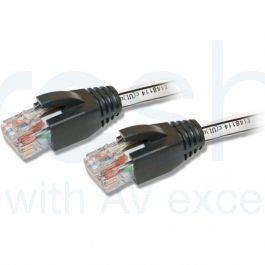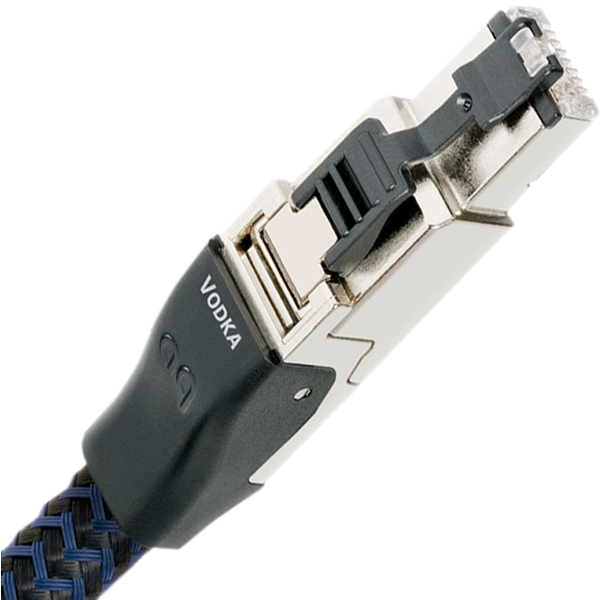I've bought speakers and amplifiers on listening, but most digital equipment specification, measurements and design are pre-requisites.
Open up some switches and there is $30 donor board, a $20 clock and a $100 aluminium case, with a $500 price tag.
My switch is a £50 donor board, £350 clock and £450 price tag. It comes in the original Cisco case. Add £200 for linear power supply.
For the £4,000 Tempus, I'd like to see inside first.
By way of example, here's a NA product called ENO that costs £750. Make your own mind up if it's worth £750 (about $1,000).
View attachment 133268
These products are sold with rebranded silver UP-OCC ethernet cables. Quite a few people seem to do these rebranding, using Neotech NEET-1008, which it looks like NA use. NA sell the cable for £1,200, Neotech do a terminated 2m NEET-1008 cable for £420 delivered. Some vendors are transparent that they use Neotech cable, and they do a good service as I understand Neotech is all sold off the reel, other than ethernet which they offer terminated.
UP-OCC cables seem to be popular. By far the best terminated prices seem to be at audiophonics.fr, who are Neotech's French distributor.
Consumer ethernet technology has hardly changed in 20 years or more. Some people build switches from the ground up, like SoTM and Innuos, most are just tweaked and rebranded. So I'm generally sceptical and want to see what's inside.
@ssfas we're sorry to hear our products might not be for you, but just one quick point of clarification, all our cables are hand made from base conductors by us here in the UK, and we do not use Neotech or any other off-the-shelf wire. NA



















